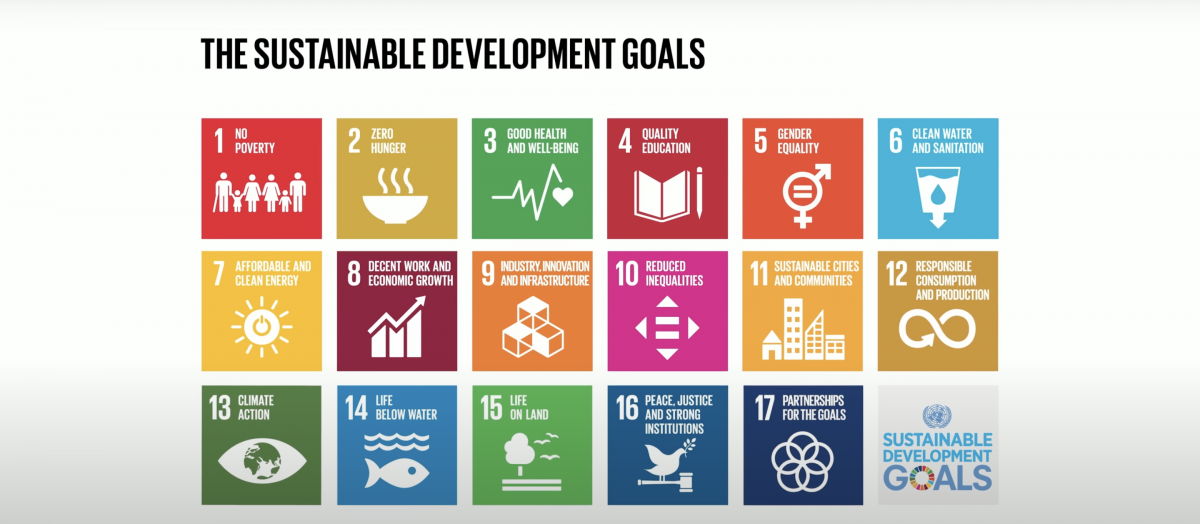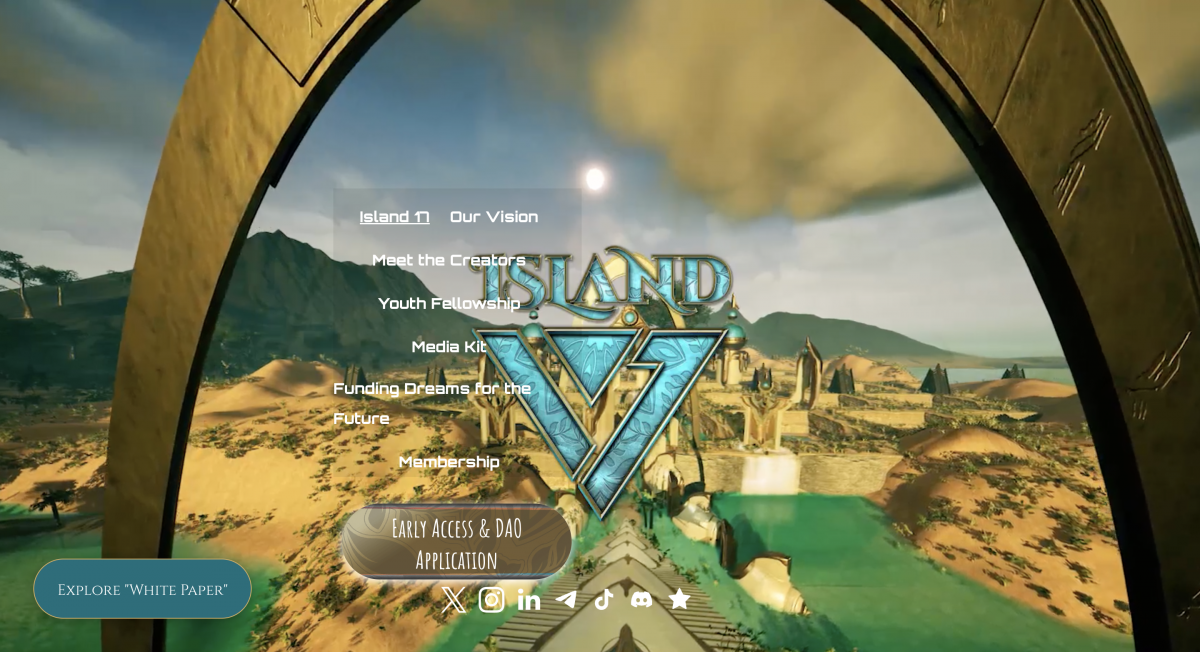Island17: How a college student made a gamified metaverse to explore diversity, equity and inclusion
Island17 is a gamified metaverse that bridges youth to the United Nations’ 17 Sustainable Development Goals through skilled gameplay. 18-year-old changemaker and Northeastern University student Bonisha Maitra makes a commitment to social entrepreneurship, purpose-driven technologies and youth-centered innovation through her unique project.
In 2022, Maitra and two other high school students won a Social Innovation Challenge hosted by Junior Achievement of Northern California and CNBC for their DEI, or diversity, equity and inclusion, metaverse project, but her mission doesn’t end there. Island17 is a movement, with active projects such as building a school in Mexico. The complete Island17 game is expected to launch in 2024.
Storybench spoke to Maitra about her creative process and experience working on Island17.
The following interview has been edited for clarity and length.
How would you explain your DEI-verse project?
Maitra: Island17 is the name. There’s a reason to it. Essentially, I’m not sure if you’ve ever played Candy Crush or something like that but, in certain games, they have different worlds. In the same format, Island17 has 17 different islands. The United Nations has 17 sustainable development goals. For example, Sustainable Development Goal 5 is gender equity. If I went to Island 5, it would be based around gender equity. Each island would teach the youth about what it means. One would be about water insecurity, and it would teach kids about how important it is to have safe, clean drinking water.
It’s like a metaverse, but it has infusions with reality and virtual reality within it. So, one could play it on their phone and move around, or one could wear VR goggles, whatever it may be. But essentially, it’s a video game with VR infusions to it.

Why were you motivated to pursue this project?
My whole life, I’ve lived in many different places and I’ve seen many different parts of the world. I think my main story rooted from when I lived in India. I had a personal traumatic experience that happened to me and I directly witnessed what it’s like to be inferior because of my background — like being a woman. From that experience, I have always been really passionate about making a change about that, because that’s just how I grieved. And so, I gave a TEDx Talk about starting my own nonprofit. I started all these different things and passion projects.
Once I started thinking about Island17, I thought that the youth and education are the two main things that could change the system. Throughout my entire life, I’ve always been so focused and hyper-fixated on DEI, like right now at Northeastern as London’s DEI representative. I’ve also partnered with CNBC and did a social innovation challenge. I’ve had a lot of experiences with mixing entrepreneurship, technology and social activism. And that sparked Island17.
Why are you specifically interested in gamification and the metaverse?
Education was the main thing. I was thinking to myself how, my entire life, I’ve been in the education system, and I absolutely hated it. I felt so standardized and quantitative. I felt like a number. I love drawing. I love projects. I love talking to people. I love doing all this. So, I thought maybe not through school, not through curriculum. So, how else can I engage the youth that makes it not feel like school while they’re also learning? And that’s how I got into gamification.
When I found out about gamification, I thought that this is literally what I needed when I was in school. But it can also have a lot of problems. Basically, there’s a stigma around exposing kids to video games. There are kids that are exposed to games like Call of Duty. But to me, I think if they’re already exposed to the Internet then you might as well. Society is developing, always. And no matter what you say, technology is going to be a part of these kids’ lives.

What was the creation process like?
The entire background of it was a really interesting story because I actually started this with a group of older women in their 30s or 40s. I met them at a tech conference. That was the first time I was traveling alone without my parents, at a tech conference in Denver — out of state from where I live. I met those women, and we came up with it like magic. We spent an entire night thinking about this, talking about this and then by the end, we pulled an all-nighter. We wrote a grant request to these companies [called Harmony Protocol and Padawan DAO] and we got over $50,000 to launch it.
Honestly, I just thought that I was getting involved in the fruition of this game. But then it ended up becoming a whole mission and a movement. What I did not anticipate was the fact that we have people from all around the world working with us. We have former scientists, people from West Africa helping us — 35 people. I’m the youngest there. We’re still working on it, and there’s a whole team of developers, but it’s mostly just management right now. It’s a lot of time, energy and money.

What is your advice to other young people who want to do what you’re doing?
My main thing that I’ve always told people was always seek discomfort. That’s my theme slogan. I love that phrase, only because everything that I am or have accomplished has rooted from places that I’m uncomfortable with.
For example, attending a tech conference, which was the first time I was leaving my parents, sounded terrifying. But it ended up being so good. I went to all these networking events, talking to random people, completely stepping outside of my comfort zone. I know it’s scary, but once you do it, it might surprise you. And if it doesn’t surprise you, and if you hate it, you can always just step back. Seek discomfort.





